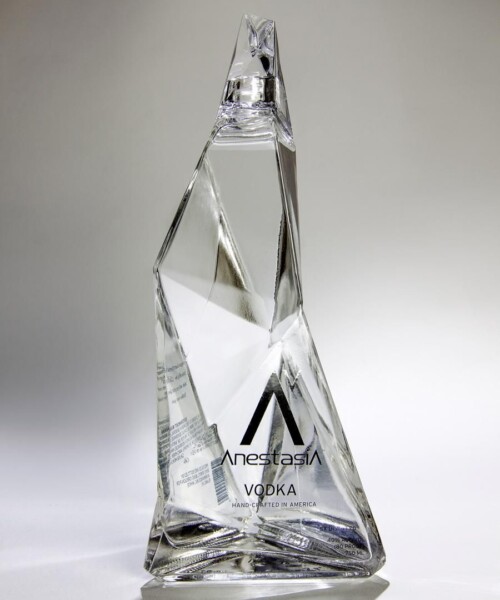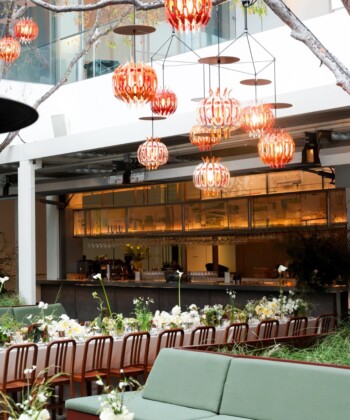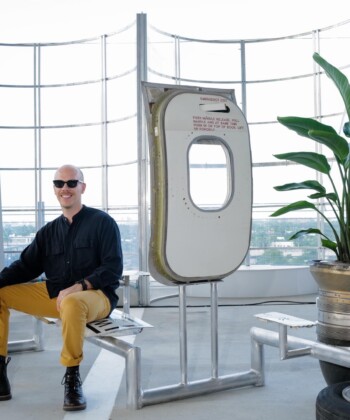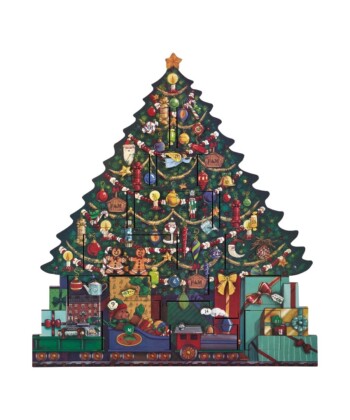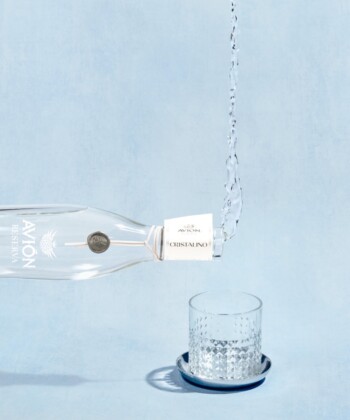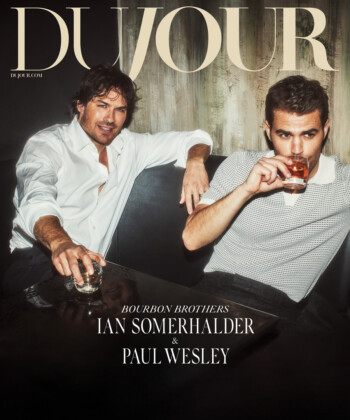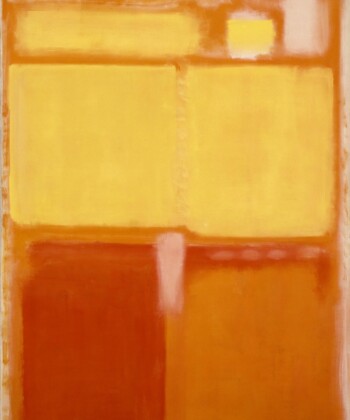Of the top shelf titans, it’s not often that the beauty of the bottle seduces a beholder more than its contents. Yet for AnestasiA Vodka, requests have come in for just the bottle, without the alcohol inside. Our interests piqued, we turned to the bottle’s designer, Karim Rashid, for a glimpse of what goes into designing award-winning packaging, but first things first: What is inside?
Created by Ukrainian-born Yuliua Mamontova—who named it after her vodka-making grandmother—the American brand produces its vodka in Bend, Oregon, using all-natural sweet corn (so it’s gluten-free, too) and water that’s naturally purified while descending from the Cascade mountains through lava bed rivers. The vodka is distilled five times, then filtered five times through quartz crystal, neutral charcoal and volcanic rock, resulting a spirit that’s smooth, sweet and as tasty as it is pure.
The unique process and quality product then called for packaging and branding to set the AnestasiA Vodka bottle apart in an already over saturated market. “Design has become the only real brand differentiator,” says Rashid, who collaborated with Mamontova to design the newly released faceted glass bottle. “We’ve become a world interested in innovation and new ideas, so I think the bottle itself speaks a lot about the time in which we live.”
New York-based Rashid was initially inspired by the bookending capital “A”s in the brand’s name when starting to design. After playing around with the logo, he decided that the sharp, pointed edges of the “A”s could be replicated in an artful way by using geometrically shaped pieces of glass to create an artistic, angular bottle reminiscent of New York City skyscrapers, or maybe even the snow-capped Cascade mountains from which the water flows.
“Although my work is generally soft, organic and fluid, I thought it’d be interesting for a bottle to take on something monumental and geometric,” Rashid says. “I also wanted to oppose what’s going on in the market, where most of the vodka bottles take on the same cylindrical language—I wanted to do something else with it. Then, the faceted bottle started to grow and become a reality.”
The intricacies of the 40% recycled glass bottle almost made it difficult to produce: Rashid and Mamontova needed to visit five different factories before they found one that was the right fit. “They were kind of afraid of it,” explains Rashid, “because you often see the faceted form in crystal or high-end glass, but a mass-produced bottle has to be made at a moderate cost so you don’t price yourself out of the market.” Luckily for us, the duo found a factory that understood their vision and produced the bottles, which launched this month.


























